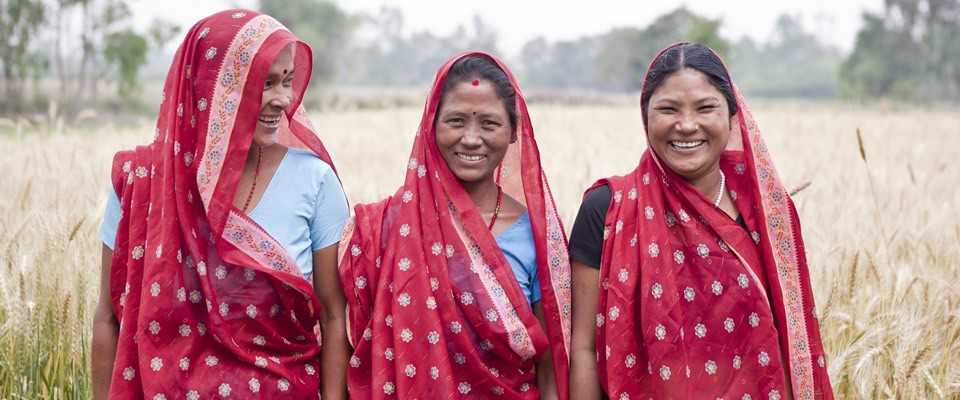- What We Do
- Agriculture and Food Security
- Democracy, Human Rights and Governance
- Economic Growth and Trade
- Education
- Ending Extreme Poverty
- Environment and Global Climate Change
- Gender Equality and Women's Empowerment
- Global Health
- Water and Sanitation
- Working in Crises and Conflict
- U.S. Global Development Lab
-
Learn More
USAID works to advance reproductive health for women and girls worldwide.
-
Learn More
For over 50 years, USAID has worked in priority countries around the globe to increase access to voluntary family planning information and services.
-
Learn More
Family planning is key to achieving the Sustainable Development Goals.
The U.S. Agency for International Development (USAID) advances and supports voluntary family planning and reproductive health programs in nearly 40 countries across the globe. Greater access to family planning information and services can help:
Benefits of Family Planning
![]() Protects the health of women and children by reducing high-risk pregnancies and allowing sufficient time between pregnancies
Protects the health of women and children by reducing high-risk pregnancies and allowing sufficient time between pregnancies
![]() Advances and secures reproductive rights by empowering individuals and couples to freely choose their family size
Advances and secures reproductive rights by empowering individuals and couples to freely choose their family size
![]() Improves women's opportunities for education, employment and full participation in society
Improves women's opportunities for education, employment and full participation in society
![]() Reduces poverty by contributing to economic growth at the family, community and national levels
Reduces poverty by contributing to economic growth at the family, community and national levels
![]() Decreases unsafe abortion and the need for abortion altogether
Decreases unsafe abortion and the need for abortion altogether
![]() Mitigates the impact of population dynamics on natural resources and state stability
Mitigates the impact of population dynamics on natural resources and state stability
![]() Reduces HIV and AIDS through the prevention of new HIV infections and mother-to-child transmission via increased access to information, counseling and condoms and reducing unintended pregnancies
Reduces HIV and AIDS through the prevention of new HIV infections and mother-to-child transmission via increased access to information, counseling and condoms and reducing unintended pregnancies
Almost 885 million women worldwide wish to avoid or delay pregnancy, and about three-quarters of these women are currently using a modern contraceptive method. Yet, more than 214 million women still have an unmet need for family planning.
When a woman bears children too closely together, too early or too late in life, the health of the mother and baby are at risk. Enabling couples and individuals to determine whether, when and how often to have children is vital to safe motherhood, healthy families and prosperous communities.
Our Work
As the world's largest family planning bilateral donor, USAID is committed to helping countries meet the family planning and reproductive health needs of their people. USAID supports Family Planning 2020's goal to reach 120 million more women and girls in the world's poorest countries with access to voluntary family planning information, contraceptives, and services by 2020.
Since the launch of USAID's family planning program in 1965, families are better able to feed, clothe, educate and provide healthcare for their children. Moreover, modern contraceptive use in the 27 countries with the largest USAID-supported programs has increased from under 10 percent to 37 percent, and the number of children per family has dropped from more than 6 to 4.5. USAID's work in reproductive health also focuses on ending child marriage, female genital mutilation/cutting, gender-based violence and more.
Follow USAID's work in family planning through an interactive timeline marking some of our major milestones over the past 50 years.
Key Objectives of USAID's Family Planning Program:
- Leadership in policy, information and services
- Field-driven program design and implementation
- Comprehensive technical support
- Advancement of research and innovation
- High-impact partnerships
SUCCESS STORIES
- Acting on the Call: Ending Preventable Child and Maternal Deaths
- Return on Investment: A Fuller Assessment of the Benefits and Cost Savings of the U.S. Publicly Funded Family Planning Program [PDF, 232K]
- Investing in Family Planning: Key to Achieving the Sustainable Development Goals [PDF, 3MB]
















Comment
Make a general inquiry or suggest an improvement.